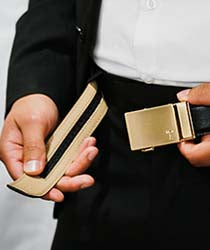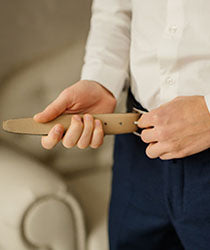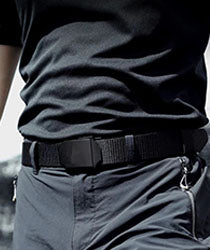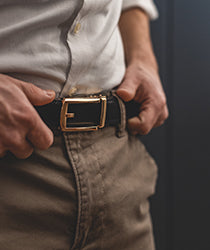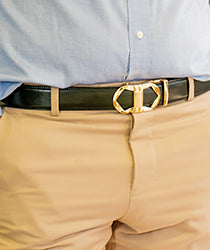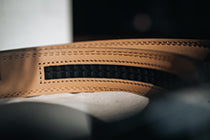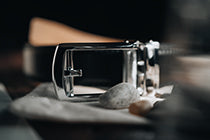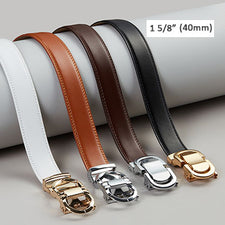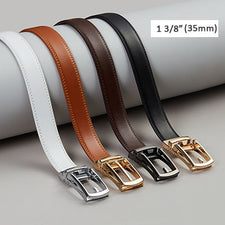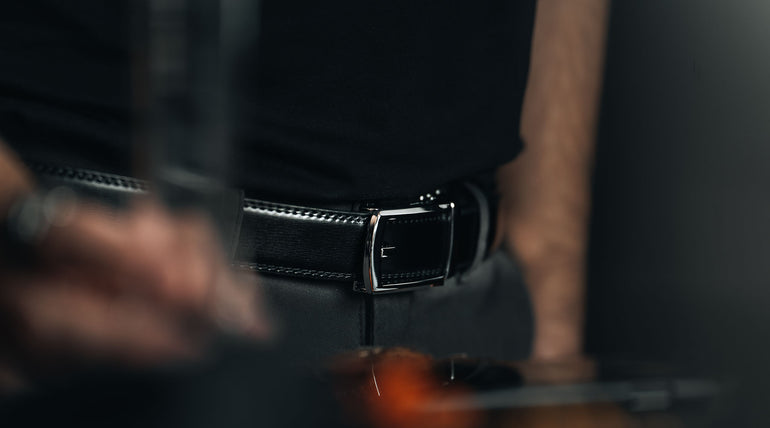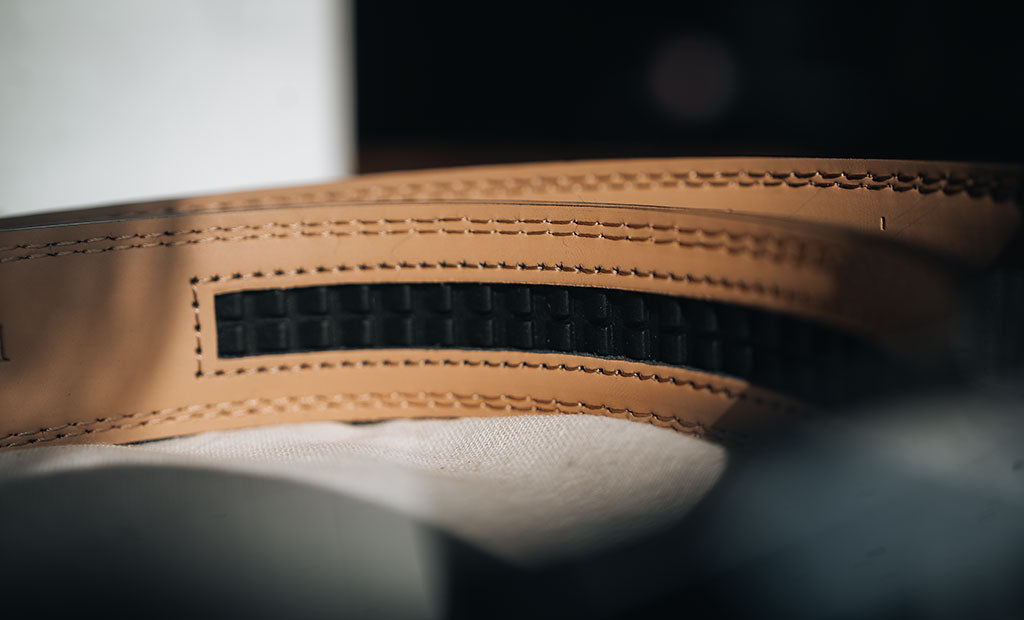So, you're looking for a quality leather belt and don't want to settle for something that will fall apart after a few months! That's understandable—you want something that will stand up to the test of time and that will be able to hold up to the demands of your wardrobe.
But how to choose a quality leather belt that’s going to last? How can you tell which belts will hold up against wear and tear? And most importantly, how can you find a leather belt that won't disappoint you?
It's actually not as hard as you might think! We've put together a list of 5 key factors to consider when choosing a quality leather belt. These factors will help ensure that your belt is built with the highest quality materials and with attention paid to every detail—so it'll last for years!
How to Choose a Quality Leather Belt in 5 Easy Steps!
Confused about how to choose a quality leather belt? Well, don’t worry! The next section includes 5 key factors that every man should consider while looking for a quality leather belt!
1. Grain of Leather Used
When looking for a quality leather belt, one of the things you should look at is the grain of leather used. The grain refers to the direction, size and pattern of the fibres that make up the hide. There are three different types of grains – full-grain, top-grain and corrected-grain.
- Full-grain leather: It is made from hides that have not been sanded or buffed to remove imperfections on the surface, which means it retains all its natural markings, including any scars or brands. This type of leather is considered high quality as it has more strength and durability than other types; however, it can also be less forgiving when it comes to scratches and nicks. Like full-grain leather belts.
- Top-grain leather: These leatherette products usually come from higher grades but may still suffer from some branding marks due to their thinner nature!
- Corrected grain leather: Corrected grain leather products have an artificial grain embossed onto them, giving rise to many benefits over natural-grained materials like cheaper cost and more consistency in texture across batches of production items. However, many experts would say that the artificial graining process takes away from the natural beauty and character of the leather.
2. Colour and Stitching
Wondering how to choose a quality leather belt? Well, look at the colour and stitching!
The colour of the belt is important because it can help you determine how long the belt will last. A darker-coloured belt is less likely to show wear and tear as quickly as a lighter-coloured one. If you want your belt to last for years, go with a darker shade.
As for the stitching, this holds everything together, so it needs to be strong and durable. Make sure that the stitches are even and tight so they don't come undone easily. A belt with loose stitching will fall apart quickly, so it's not worth your money.
3. Width
When looking for a quality leather belt, one of the main things you should consider is the width. The width of a belt can vary depending on the style and how it will be worn, but generally speaking, most belts are between 1-2 inches wide.
If you're looking for a dressier belt to wear with slacks or khakis, you'll want to stick with a narrower width, like 1 inch. If you're looking for a more casual belt to wear with jeans or shorts, you can go up to 2 inches wide. Anything wider than that starts to get into toolbelt territory and isn't necessary unless you plan on using it for actual work tasks.
The other thing to remember when considering width is how much weight the belt will need to support.
A thinner belt may not be able to hold up your pants as well if they're particularly heavy or bulky (think: cargo shorts), so in those cases, it's better to err on the side of caution and go with a slightly wider option.
4. Pattern
The next factor to consider is a pattern! The pattern is important because it determines the strength and durability of the belt. A good rule of thumb is choosing a simple, tight weave belt.
This will ensure that your belt lasts longer and withstand more wear and tear. Additionally, belts with intricate patterns or designs are often more expensive than those with simpler patterns. If you're on a budget, opt for a solid-coloured belt or one with minimal stitching or embellishments!
5. Belt Buckle
If you are still confused about choosing a quality leather belt, then just look at the belt buckle!
The buckle is an important part of the overall design of the belt, and it can say a lot about the quality of the craftsmanship. There are a few things to keep in mind when assessing buckles:
- The material from which it's made: A good quality buckle will usually be made from brass, stainless steel, or another solid metal. Avoid belts with plastic or other cheap materials for the buckle - they're not worth your money.
- Buckle design: Look for something that compliments your style. If you prefer classic looks, go for a simple rectangular or oval shape; if you like something more unique or modern, there are plenty of options to choose from! Ensure your design is well-made and won't fall apart after extended wear.
- The finish: A quality buckle will have a smooth, even finish with no sharp edges. If the metal is unfinished or has any burrs, it's likely not a very well-made piece.
When assessing buckles, keep these factors in mind to ensure you get a quality product that will last for years!
Conclusion
So there you have it—5 key factors to consider while wondering how to choose a quality leather belt!
When considering these factors, remember that you're not just buying a belt—you're buying quality and durability. A good leather belt is a piece of clothing that will last you for years, so you want to ensure it's made well!

